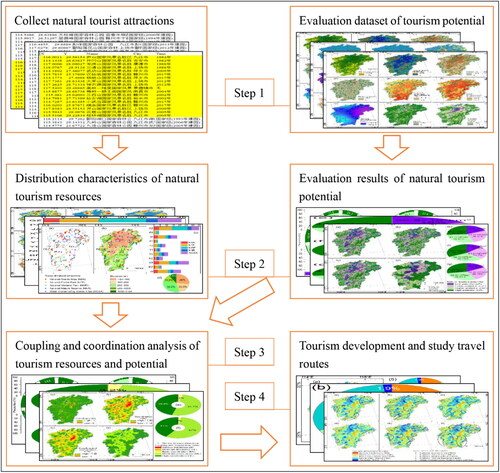Figures & data
Figure 1. Study area. (a) Location of Jiangxi Province in China, where ISM, EASM and EAWM represent Indian Summer Monsoon, East Asian Summer Monsoon and East Asian Winter Monsoon, respectively (Wang X et al. Citation2021; Wang X, Liu, Xiang, et al. Citation2023); (b) night lights in Jiangxi Province and its surrounding areas; and (c) topographic distribution of Jiangxi and its surrounding areas, where YRDUA, YRMRUA and GHMGBA represent Yangtze River Delta Urban Agglomerations, Yangtze River Middle Reach Urban Agglomerations and Guangdong-Hong Kong-Macao Greater Bay Area, respectively. Nanchang (NC) and JJ (Jiujiang) are located in northern Jiangxi; YC (Yichun), XY (Xinyu) and PX (Pingxiang) are located in western Jiangxi; JDZ (Jingdezhen), SR (Shangrao) and YT (Yingtan) are located in northeast Jiangxi; JA (ji’an) and FZ (Fuzhou) are located in central Jiangxi; and GZ (Ganzhou) is located in southern Jiangxi.
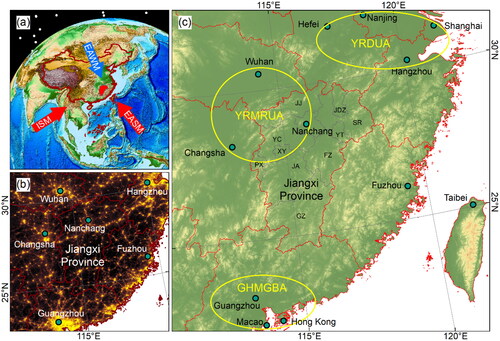
Table 1. Data source.
Table 2. Evaluation indicators and weights of natural tourism potential in Jiangxi Province.
Figure 3. Spatial distribution of natural tourism resources in Jiangxi Province. (a) Distribution of different types of natural tourist attractions in cities; (b) topography and distribution of natural tourist attractions; (c) and (d) statistics of natural tourist attractions in different cities and elevations.
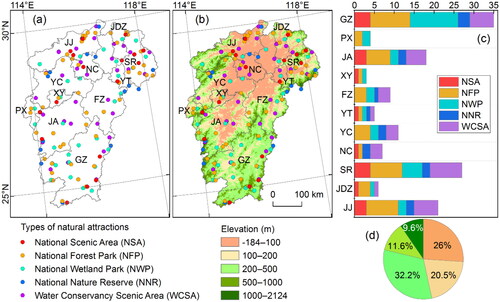
Figure 4. Spatial pattern of natural tourism resources in Jiangxi Province. (a) Normalized kernel density of natural tourist attractions distribution; (b) national scenic area; (c) national forest park; (d) national wetland park; (e) national nature reserve; (f) water conservancy scenic area; and (g) Normalized inverse path distance of natural tourist attractions distribution.
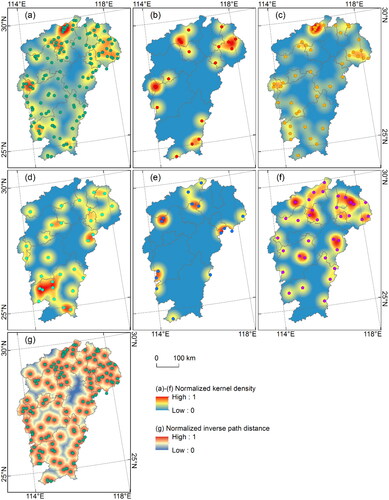
Figure 5. Ecological environmental factors of natural tourism potential in Jiangxi Province. (a) Elevation; (b) topographic relief; (c) slope; (d) slope aspect; (e) annual average temperature; (f) highest temperature from June to September; (g) annual precipitation; (h) normalized difference vegetation index; and (i) habitat quality index.
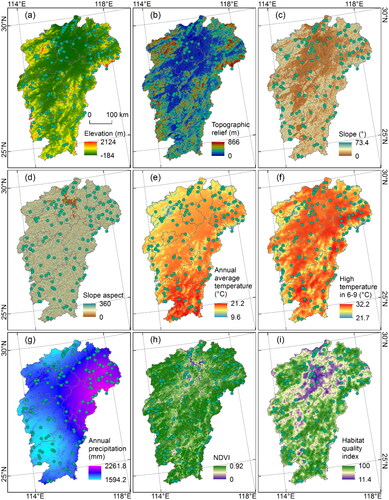
Figure 6. Socio economic factors of natural tourism potential in Jiangxi Province. (a) Population density; (b) GDP density; (c) road density (d) night light; (e) distance to cities; (f) distance to roads; (g) distance to water bodies; (h) ecosystem service value; and (i) ecological human disturbance index.
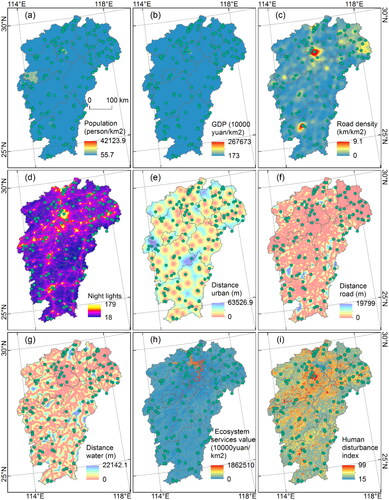
Figure 7. Evaluation of natural tourism potential in Jiangxi Province. (a) Evaluation of natural environmental factors; (b) evaluation of social economic factors; (c) comprehensive evaluation combining natural environment and socio-economic factors; (d) county division of comprehensive evaluation; and (e–g) the area proportion of different levels of natural tourism potential based on natural environment, social economic and comprehensive evaluation, respectively.
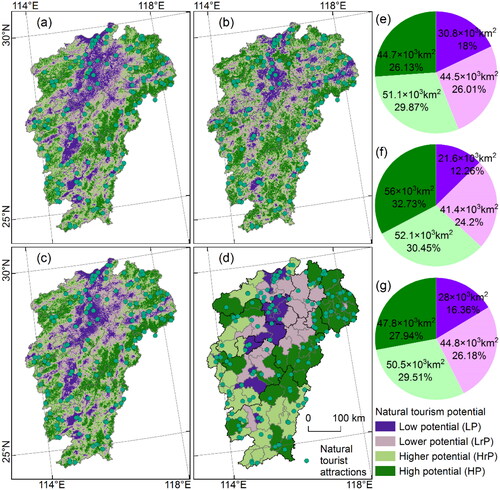
Figure 8. The proportion of different levels of natural tourism potential evaluation in various cities of Jiangxi Province. (a) Area proportion and (b) county proportion.
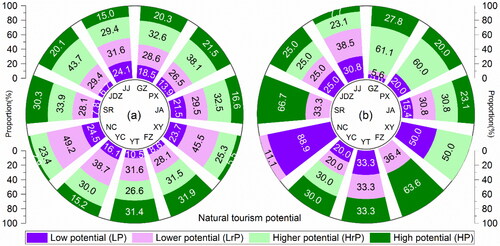
Figure 9. Coupling and coordination of natural tourism potential in Jiangxi Province. (a) Coupling index; (b) coordination index; (c) coupling and coordination index; (d) coupling and coordination index at county scale; and (e–f) area and county proportion.
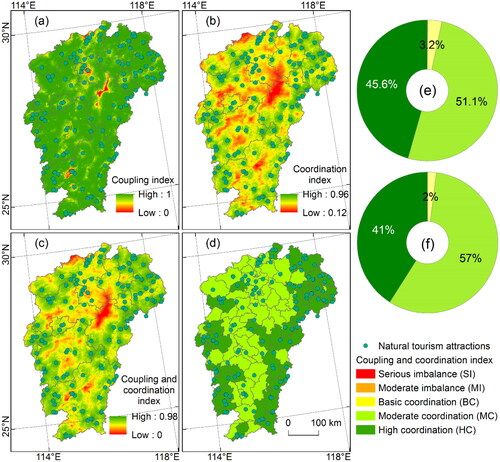
Figure 10. The proportion of different coupling coordination of natural tourism in various cities of Jiangxi Province. (a) Area proportion; (b) county proportion.
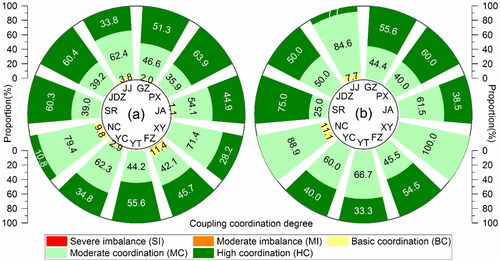
Figure 11. Tourism development in Jiangxi Province. (a) Tourism development index; and (b) area proportion.
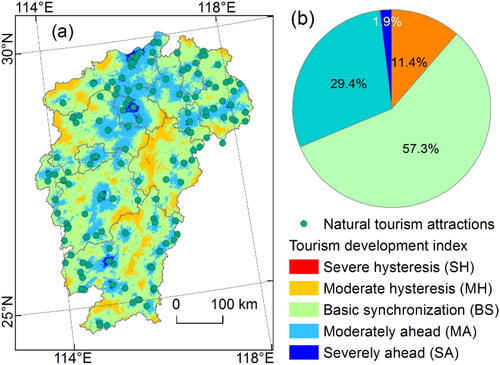
Figure 12. Tourism development and study travel routes in Jiangxi Province. (a) National scenic area; (b) national forest park; (c) national wetland park; (d) national nature reserve; (e) water conservancy scenic area; and (f) overall distribution of natural tourist attractions.
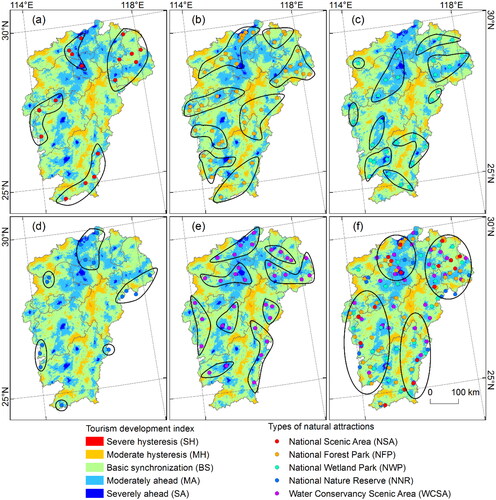
Data availability statement
All data supporting the findings of this study are included within the article. Data will be made available from authors on reasonable request.

